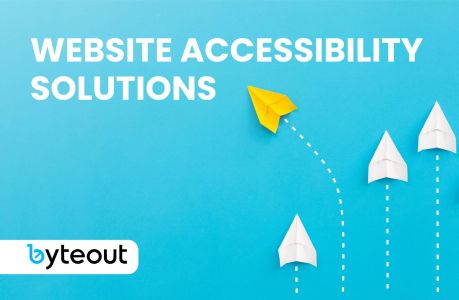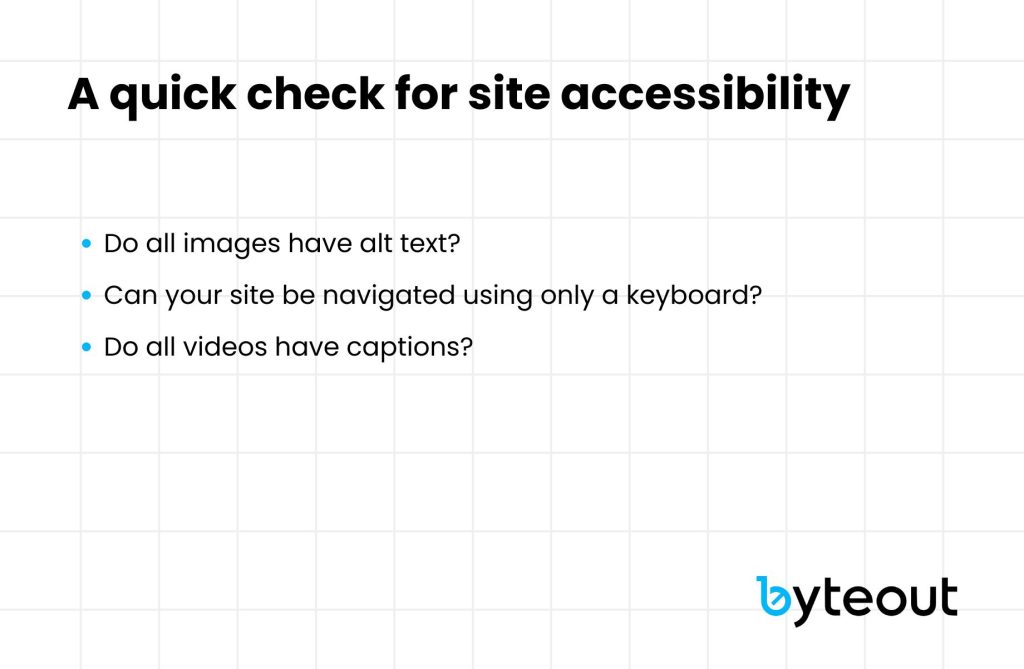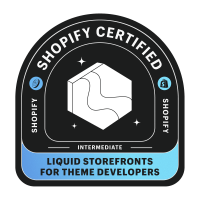
What web accessibility solutions exist for ecommerce sites?
Digital accessibility should be part of your business strategy. As an ecommerce professional, you’ve probably heard about web accessibility, but you might not be sure where to start. Web accessibility solutions are key for compliance and reaching a broader customer base. Let’s see the top solutions for making your shop compliant and inclusive.
Table of Contents
Web accessibility – what is it?
First off, what do we mean by web accessibility? In simple terms, it’s about making your website easy to use for everyone, including those with disabilities.
Imagine trying to shop online without being able to see the screen well or use a mouse. Web accessibility solutions address these challenges, ensuring everyone can navigate, understand, and interact with your site. It should be the top priority for every ecommerce brand owner.
Why is this important? Aside from being a legal requirement in many areas and might induce accessibility lawsuits, it has a positive impact on your business. You’re opening your doors to more customers and enhancing your brand’s reputation for inclusivity.

Evaluating your needs
Know this: you might be putting up barriers for customers with disabilities without even knowing it!
Do you have videos without captions? Do your product descriptions need to include alt text for screen readers? Is your checkout process keyboard navigable?
Once you know where the gaps are, web accessibility solutions can be made to address these specific needs. Our team can help perform an accessibility audit, identifying the pain points and setting up a plan to address them.
Which web accessibility solutions exist?
Now let’s talk about some common web accessibility solutions that can make a world of difference.
Accessible design. This includes proper color contrast, readable fonts, and a responsive layout that adjusts to various screen sizes.
Assistive technologies. Implementing assistive tools like screen readers, keyboard navigation, and voice control options.
Content adjustments. Ensuring all images have alt text, videos have captions, and all content is understandable for people using assistive technology.
These web accessibility solutions are a starting point and will get you well on your way to a compliant and accessible ecommerce site. Web accessibility solutions are more complex but these are small adjustments you can make.
How to maintain web accessibility?
Implementing web accessibility solutions is not a one-time task. It’s an ongoing process that needs to reflect the updates you make to your site. New products, blog posts, or any changes to your site layout require a revisit to accessibility so keep that in mind.
Regular audits, user testing with people who have disabilities, and staying updated with accessibility guidelines will make sure your site stays accessible. And remember, web accessibility solutions not only mitigate the risk of a lawsuit but also enhance the user experience for all customers.
- Best ecommerce agency in US – Top 10
- Ecommerce automation – work smarter
- The % split – paid ads vs SEO vs organic social in ecommerce
- How to reduce Customer Acquisition Cost (CAC)
- Ecommerce automation and Shopify Flows
Hire an expert or not?
Finally, while there are many web accessibility solutions you can tackle on your own, sometimes you need an expert’s help. Compliance is a complex area, with laws and guidelines that can be hard to navigate.
Our team of accessibility experts can provide web accessibility solutions that align with the latest standards and best practices. Most importantly, we can perform manual blind user testing to get the right insights about how people are using your site.

